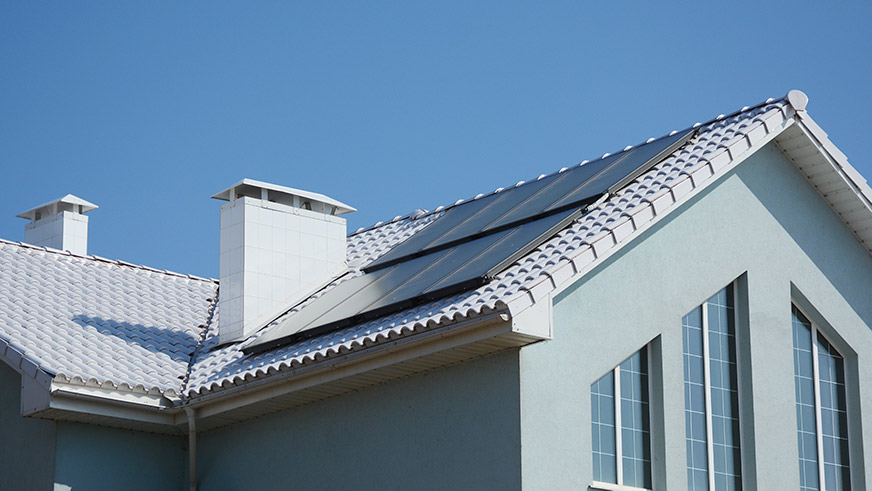
Bank Australia will offer discounted home loans for builders and home buyers that commit to constructing new homes with a minimum 7-star energy rating, in a partnership with the Clean Energy Finance Corporation.
The Bank Australia Clean Energy Home Loan will offer a discount of 0.4 per cent on interest rates for borrowers who can commit to investing in energy efficiency measures for their new homes. Bank Australia will use an energy efficiency tool to determine eligibility for the loans.
The discounted interest rate would apply for up to five years.
Borrowers will need to achieve a NatHERS rating of at least 7-stars to be eligible for the discounted loan based on the design of the home, through the inclusion of features like passive heating and cooling, natural lighting, and cross-flow ventilation between rooms to minimise the home’s energy needs.
By supporting the construction of energy efficient homes, Bank Australia hopes it will support households to reduce their ongoing living expenses through lower energy costs.
The Clean Energy Finance Corporation will partner with Bank Australia to deliver the discounted loans, seeing it as an opportunity to fill a gap in the home finance market and to support home builders and buyers to incorporate energy efficiency measures at the time of construction.
The CEFC will make up to $60 million in finance available to Bank Australia to support the availability of the loans, with the discount applying to qualifying Bank Australia loans below $1.5 million.
“This green home loan will fill a gap in the market, giving builders and new home buyers a financial incentive to adopt NatHERS design principles from the start of the project,” CEFC CEO Ian Learmonth said.
“New homes built today will be in use for decades to come. We want those homes to have the strongest energy efficiency and to deliver the smallest carbon footprint possible.”
“Australians are already leading the world in residential rooftop solar. Our next challenge is to embrace better building design and construction methods, as well as energy efficiency, to cut our energy use and reduce our emissions.”
Bank Australia aims to expand the loan offerings to existing homes, to allow home buyers to invest in additional energy saving measures including energy monitoring devices, solar hot water, energy efficient heating and cooling appliances as well as energy storage.
“We’re proud to reward people who choose to make their homes more sustainable through our Clean Energy Home Loan,” Bank Australia managing director Damien Walsh said.
“Working in partnership with the Clean Energy Finance Corporation means we can bring this innovative new product to market sooner, and help more Australians reduce the impact their homes have on the environment.”
The CEFC cited research from ClimateWorks Australia and the Australian Sustainable Built Environment Council which estimated that energy savings of as much as 25 per cent could be achieved through higher energy standards for residential properties.
“Cutting energy demand is a low-cost way to decarbonise the property sector and reduce stress on the electricity network. We are looking forward to working with Bank Australia in giving Australians an added financial incentive to choose cleaner greener options when it comes to their homes,” Learmonth added.
“We encourage all those involved in residential property – from design to development to purchase – to include a stronger focus on carbon emissions when they are making these long-term decisions about building and buying new homes.”
Last year, Bank Australia became the first Australian bank to purchase all of its electricity from renewable energy sources, after the bank secured a power purchase agreement with the Crowlands wind farm.
In May last year, the CEFC made up to $95 million available to finance the installation of rooftop solar and the incorporation of energy efficiency measures into a community housing project in regional New South Wales.


